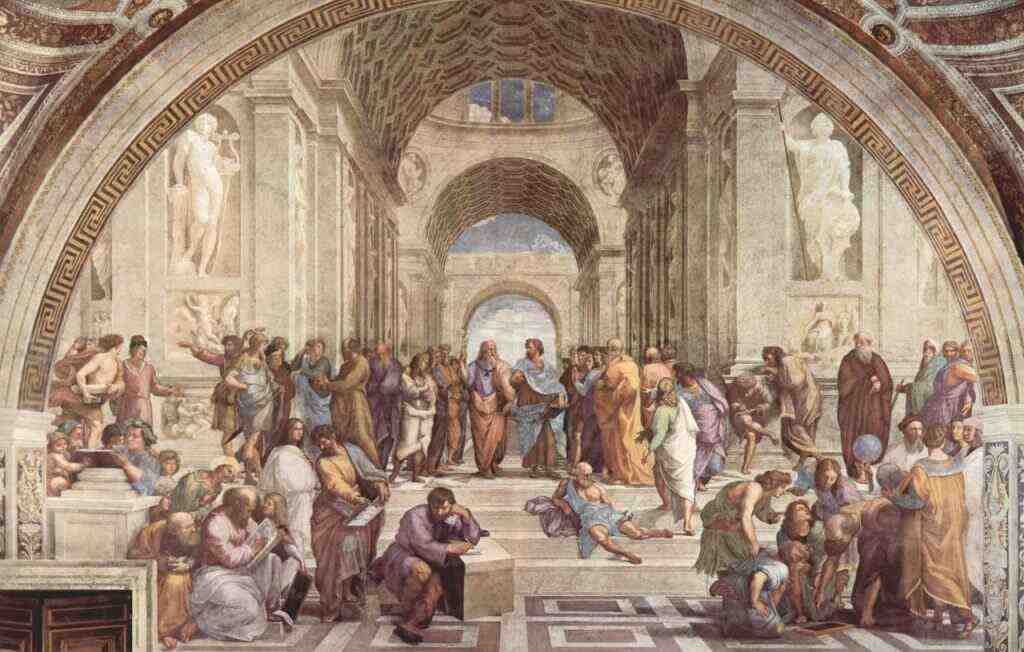AI and Art: A Clash of Creativity and Copyright
The advent of AI image generators has sparked a heated debate within the art world, raising questions about the relationship between technology and creativity, the boundaries of copyright, and the future of artistic expression. With the emergence of AI art tools, artists find themselves grappling with the potential of these systems to revolutionize their craft while simultaneously posing a threat to their livelihoods and the integrity of their artistic vision.
The Midjourney Controversy: A Class Action Lawsuit and a Call to Arms
The recent release of a 24-page list containing the names of 16,000 artists whose works were allegedly used to train Midjourney’s AI has ignited a firestorm of controversy and prompted artists to unite against the technology companies responsible for these AI systems. British artists have joined forces with American lawyers to explore the possibility of a class action lawsuit against Midjourney and other AI firms, while others contemplate individual legal actions in the United Kingdom.
Artists’ Concerns: Copyright Infringement, Loss of Livelihood, and the Devaluation of Art
At the heart of the artists’ grievances lies the accusation that AI art generators like Midjourney infringe upon their copyrights by utilizing their works to train their AI systems without permission or compensation. This unauthorized appropriation of artistic content, they argue, undermines the value of their original creations and deprives them of rightful remuneration for their labor and creativity. Furthermore, artists express concern that the proliferation of AI-generated art may lead to a devaluation of their work, as AI systems can churn out vast quantities of images in a matter of seconds, potentially saturating the market and diminishing the demand for human-created art.
The Promise and Perils of AI: A Double-Edged Sword
The promise of AI art generators lies in their ability to generate unique and visually striking images based on textual prompts. These systems leverage vast datasets of existing images to learn patterns and associations, enabling them to produce novel compositions that blend elements from various sources. However, this very capability becomes a source of contention when AI-generated images bear striking similarities to existing artworks, raising questions about copyright infringement and the boundaries of artistic inspiration.
A Survey Reveals Artists’ Opinions: A Strong Desire for Regulation and Safeguarding of Creative Industries
A recent survey conducted by the Design and Artists Copyright Society (DACS) revealed that a significant majority (89%) of artists and agents desire government intervention to safeguard the UK’s creative industries from the potential negative impacts of generative AI. This survey underscores the urgent need for regulations that address copyright concerns, ensure transparency in the use of artistic content, and establish fair compensation mechanisms for artists whose works are utilized in the training of AI systems.
A Glimpse into the Future: Licensing Models, AI Art Movements, and the Evolving Role of Artists
The debate surrounding AI art generators extends beyond legal and ethical considerations and delves into the realm of artistic practice itself. Some artists embrace AI as a new medium, exploring its creative potential and pushing the boundaries of artistic expression. Others remain skeptical, questioning whether AI-generated art can truly be considered art, given its lack of human intention and emotional depth.
As the technology continues to evolve, the role of artists in society may also undergo transformation. Some suggest that artists may increasingly focus on conceptualizing and directing AI systems to create art, rather than relying solely on traditional artistic techniques. This shift could lead to the emergence of new artistic movements and practices that redefine the relationship between humans and machines in the creative process.
The Need for Dialogue and Collaboration: Bridging the Divide Between Art and Technology
The ongoing clash between artists and AI technology companies highlights the need for open dialogue and collaboration between these two seemingly disparate worlds. Artists and technologists must engage in constructive conversations to address concerns, explore potential solutions, and find common ground. This collaborative approach is essential for shaping the future of AI art in a way that respects artistic integrity, encourages innovation, and ensures fair treatment for all stakeholders.
Conclusion: A Call for Fair Play and Respect for Artistic Creation
The clash between AI and art has brought to the forefront important questions about copyright, creativity, and the future of artistic expression. As AI technology continues to advance, it is imperative that we find a balance that fosters innovation while respecting the rights and livelihoods of artists. This requires a concerted effort from artists, technologists, policymakers, and the public to create a framework that promotes fair play, encourages collaboration, and ensures that the benefits of AI art are shared equitably. Only then can we ensure that the intersection of AI and art becomes a catalyst for creativity, progress, and mutual understanding.
